The Nikon F is the great-grandfather of all the professional level Nikon SLRs, yes even modern digital professional digital SLRs can trace their ancestry back to the Nikon F. The Nikon F introduced the idea of a system SLR where everything could be swapped out to make the camera fit the task you wanted it to do and your own personal style as a photographer and saw production for just under two decades before being replaced by the Nikon F2. For this review, I’ll be running with a Nikon F Photomic FTn however the meter is no longer working.
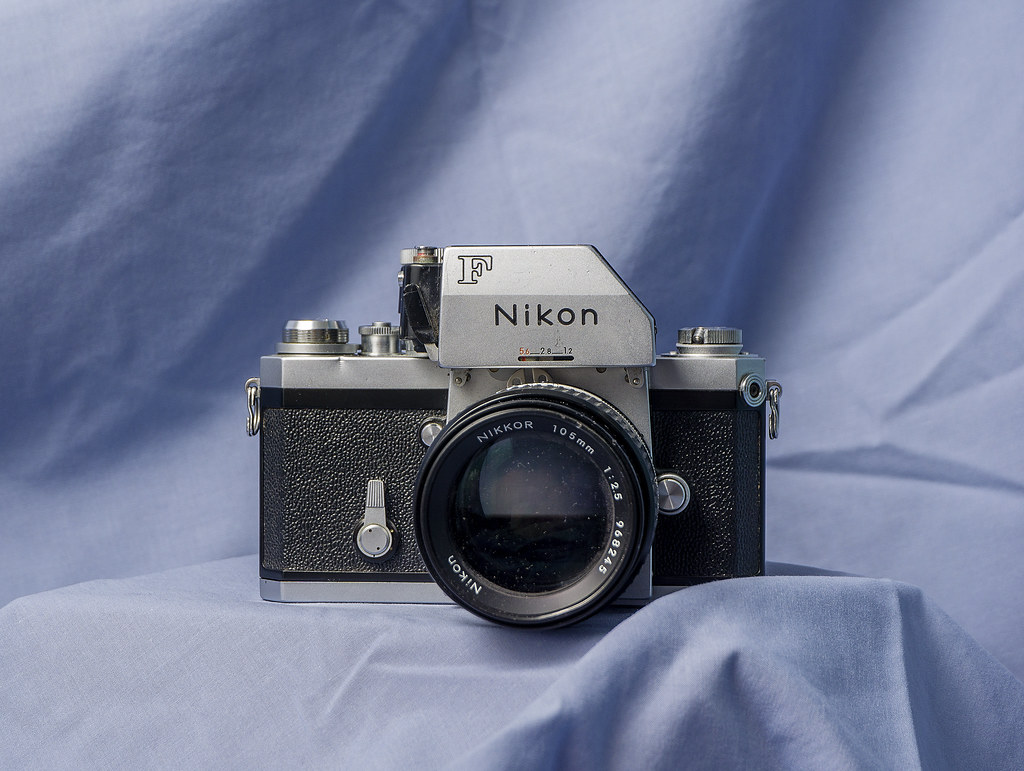
The Dirt
Make: Nikon
Model: F (Featured in this review the F Photomic FTn)
Type: Single Lens Reflex
Format: 35mm, 35x24mm
Lens: Interchangeable, F-Mount
Year of Manufacture: 1959-1973
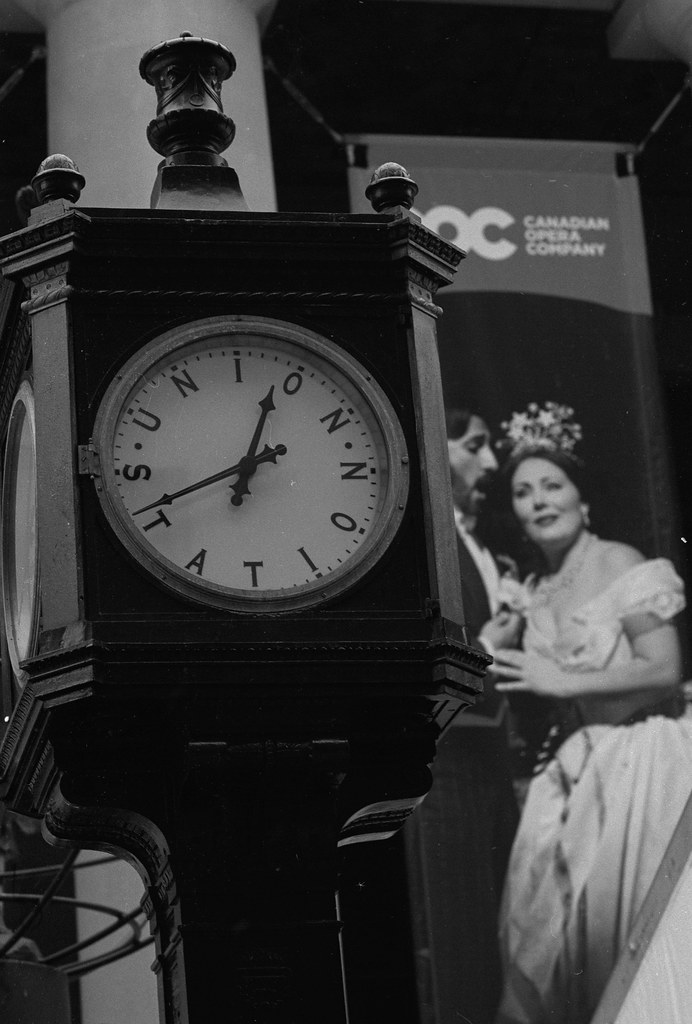
Background
The Nikon F is a culmination of nearly half-a-century of photographic innovation starting in 1903 with the first 35mm camera, the Ambrosio and in 1925 with the Leica cameras taking 35mm film cameras into mass production. By 1936 the Kine Exacta introduced a bayonet mounted lens on an SLR and the Contax S introduced the pentaprism finder in 1949. A year later the Exacta Verex brought in interchangeable prisms and focusing screens. The Asahiflex IIb brought in the instant mirror return in 1954 and the final innovation came in 1956 with the Contax F and auto-stop down with lens aperture. The folks at Nikon had a good reputation with camera production having produced a series of rangefinder cameras in the post-war era. So when they started designing their own SLR they started with a basic frame of a Nikon SP. The area around the lens mount and rangefinder assembly were stripped away replaced by the mirror box and their new bayonet lens mount, the F-Mount. Originally the F was released with non-metered prisms and finders, two eye-level and one waist level. Resulting from using the SP design the entire back of the camera would be removed for film loading and removal, this also allowed Nikon to create a 250 shot drum magazine for the F. The 250 shot magazine and the standard 36-exposure roll could be paired with motor drives, the first for SLRs. The camera featured a titanium foil shutter rather than the standard cloth found in most cameras of the era. In 1962 Nikon released the first metered head, the Photomic F, and by 1965 the Photomic T allowed for Thru-The-Lens (TTL) metering. Further improvements brought the Photomic Tn in 1967 and the final version the Photomic FTn in 1968. The camera quickly earned a reputation for durability and NASA modified an FTn camera to go to the moon on Apollo 15. In addition to the camera, Nikon had by 1962 a series of lenses ranging from 21mm to 1000mm. By the time production ended in 1973 (or 1974) Nikon proved that the SLR as a system camera proved it could be a serious contender in the professional market.


Impressions
As someone who is used to a rangefinder being one way and an SLR being another way using the Nikon F is a bit jarring. First off the bat is the need to completely remove the back to load and unload the film. While with a bit of practice this can be achieved, but you need a big enough pocket or a shoulder bag to stash the back into while you load up the film, another thing to worry about is losing your take up spool. The camera itself is well laid out, with a good shutter release button and shutter speed dial placement. The film advance lever is also well placed although the stroke is fairly long but easy to pull. The only trouble I see is that the metering heads (F, T, Tn, and FTn) are huge and can be awkward, and are one of the main reasons I don’t have a Nikon F anymore if I could get one that had just the plan eye-level prism I would use that camera with pride.
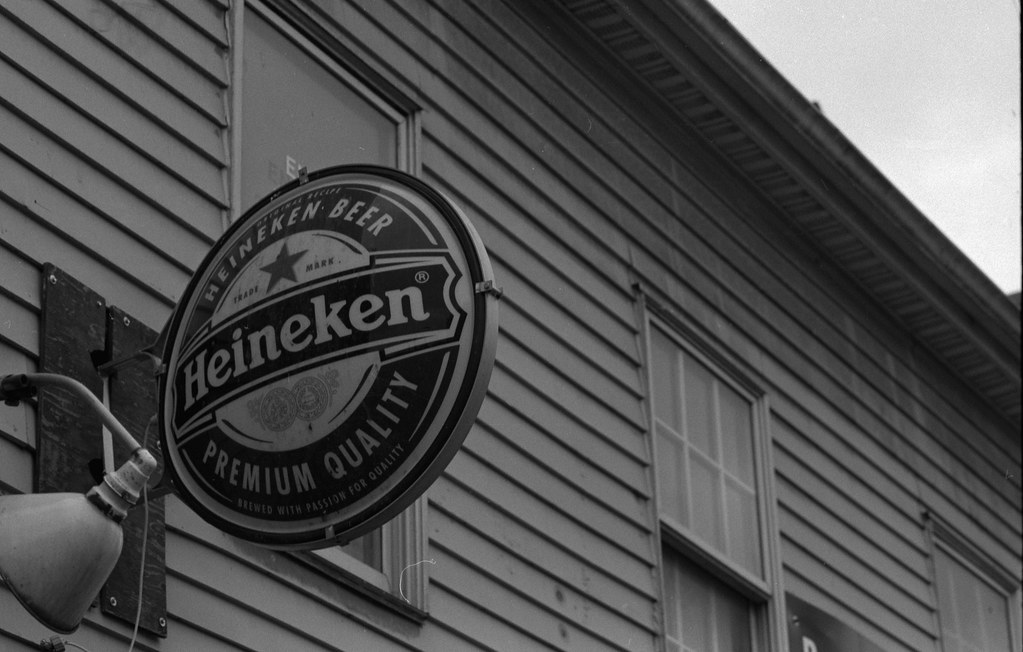

Experience
Now despite the issues, the Nikon F is a good camera to use out in the field, while a bit weighty with the right strap you can carry that camera all day. The viewfinder even with the FTn head is bright, and the match-needle interface (if I had a working meter) makes life easy to match the shutter speed and aperture to get the correct exposure. The shutter has a delightful clunk, and the film advance is smooth, although longer than I’m used to for quick shooting. Personally, I don’t think I’d ever want to shoot the camera with the massive 250-shot magazine or even the motor drives as it would make the camera near impossible to carry for any length of time. Now as I said the meter in my camera is non-functioning but it has since been fixed by Service Pro in Quebec City,

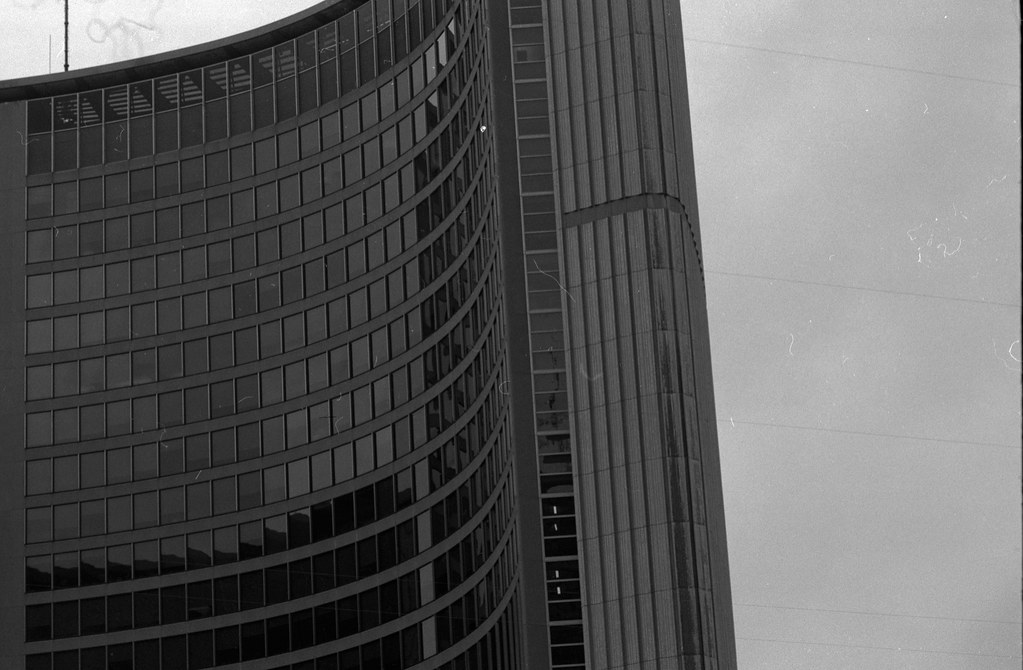
Optics
Where the Nikon F stands out is in its optics. The Nikon F mount allows for a wide range of lenses to be used from the original Auto Nikkor (Non-AI) to the AI-S lenses, for the review I went with an equally legendary lens, the AI-S Nikkor 105mm 1:2.5. Now the one thing you do have to make sure when you are running with a metered head is that the lenses have the claw, to allow the lens to directly interface with the meter. You have to remember the F came out before the AI and AI-S lenses, so that claw on these lenses allowed for backward compatibility. But no matter what lens you get for the Nikon F even the older units will provide spectacular results. The ones I do recommend is the Auto Nikkor-H 50mm f/2, Auto Nikkor-O 35mm f/2, and the Auto Nikkor-P 105mm f/2.5.
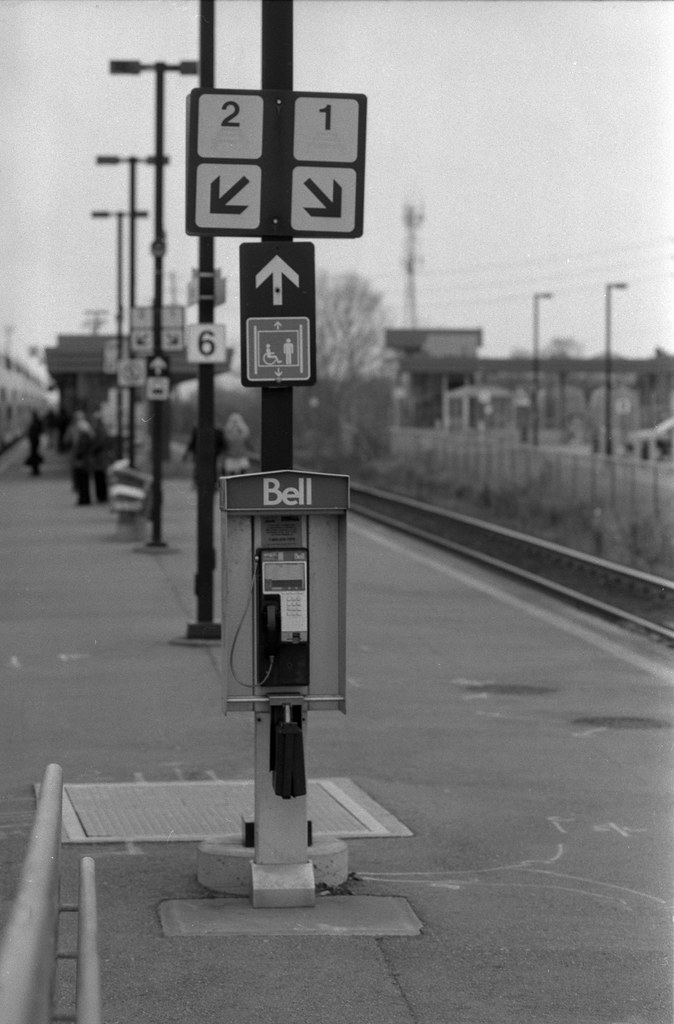
Lowdown
Despite everything, the Nikon F is a great camera to pick up, especially those that have a plain eye-level finder. That said, if you do run across a Photomic finder you can either use it without a functioning meter or get the camera repaired, I do recommend Service Camera Pro who will do a total overhaul on the camera body including updating the meter to a Silicon Blue Cell and Alkaline/Silver battery. Bodies with a Photomic head can be had for under 100$ on the used market with those with plain heads are more sought after and run between 100$ and 200$ but still a fair price the older bodies will run a bit more. The good news is that the lenses are fairly inexpensive. The Nikon F would make a good companion if you’re putting together a Vietnam combat photographer impression and will give you amazing images as a result.
Further Reading
Don’t just take my word on the Nikon F, check out these other reviews of this classic camera.
Mike Eckman Dot Com – Nikon F Review
35mmc – Five Frames with my dear Nikon F
Aly’s Vintage Camera Ally – The Nikon F, The Camera that will outlive you.
Down the Road – Nikon F
2 Comments